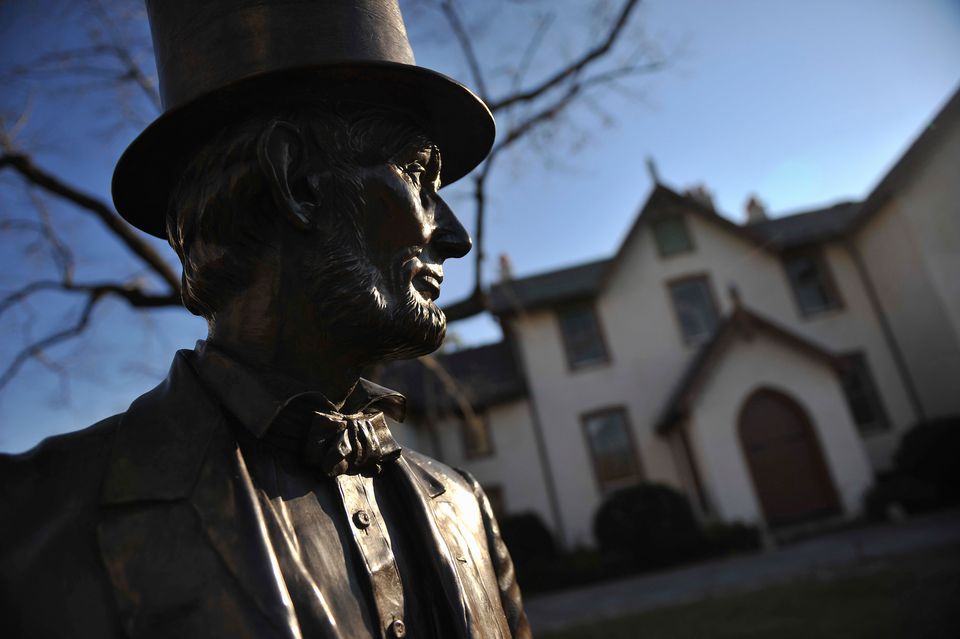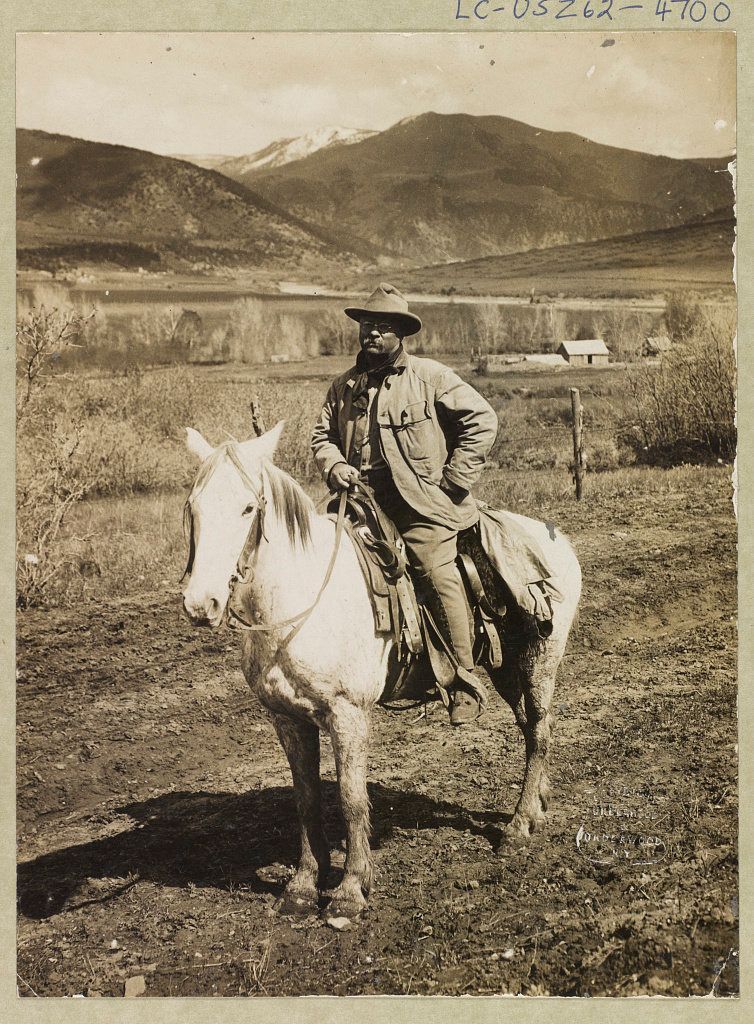For 16 days in mid-August, President Barack Obama and his family will vacation in Martha's Vineyard in a $12 million, 8,100-square-foot, seven-bedroom house with a striking view of Vineyard Sound. While on the island -- a place he's gone all but one summer as president -- Obama is likely to dabble in golf, take bike rides with the first lady and kids, and stop by Nancy's, an iconic snack bar and restaurant with a popular window service in Oak Bluffs. Among his favorites: Fried oysters, fried shrimp, French fries and onion rings.
The president has said he savors the time away from the White House as a way to recharge from the hustle of the job and spend time with his daughters. In past years, he has kicked off his first day off by stopping at Bunch of Grapes Bookstore, where he buys his daughters, Malia and Sasha, books for summer reading.
A vacation can say a lot about a president. It can also say a lot about the historical moment -- not only what’s going on in the country and in the world, but attitudes toward health and relaxation, and technology’s role in life and work.
"Every president has, while in office, traveled away frequently on personal business or just for relaxation," said Lawrence Knutson, a retired Associated Press White House reporter whose book, Away From the White House: Presidential Escapes, Retreats and Vacations, will be published by the White House Historical Association in August. "It's partly politics -- the Clintons famously once went camping in Wyoming because a pollster told them Americans preferred that as a vacation -- but it's also a peek into their soul, into what's important to them and what makes them tick."
Politicians and the media have made a habit of criticizing presidents for taking extensive time off vacationing -- or at least spending time away from the White House. But historians say getaways have been part of the top job since George Washington, who spent considerable time unwinding at his estate in Mount Vernon, Virginia.
"While he was there, he established the other half of the vacation bargain -- that an American president can choose when to travel away from the seat of government, but can never shed the responsibility of office," Knutson said. "Washington used Mount Vernon as a base to supervise the construction of the city that would be named after him."
The presidential vacations of yesteryear, of course, looked quite different from today's far-flung, Air Force One-assisted sojourns. For much of history, a vacation simply meant going to where a president lived before his inauguration.
John Adams spent seven months in Quincy, Massachusetts, with his wife Abigail, after she became gravely ill. Thomas Jefferson lived for nearly three months at his Monticello, Virginia, home while president. George W. Bush preferred taking time off at his Crawford, Texas, ranch, where he fished and cleared cedar between meetings with friends and dignitaries, while his father George H.W. Bush opted for the family compound in Kennebunkport, Maine. Ronald Reagan retreated to his ranch among California's Yanta Ynez Mountains. While there, he would ride horses while donning a cowboy hat. Richard Nixon liked the tropical vibe at his Key Biscayne Winter White House in Miami, where he could satisfy his Florida stone crab cravings.
A century earlier, Chester Arthur would mysteriously leave D.C. to board trains headed toward what he thought were better climates for his kidney disease, including a 17-day trip to Florida in April 1883.
Nineteenth-century presidents "tended to vacation in areas that were considered good for your health, places like spa villages, lakes and springs. It was something that was well-established," said David Woolner, a Marist College historian who also works at the FDR Presidential Library and Museum.
Franklin Roosevelt himself made frequent visits to Warm Springs, Georgia, to swim in the town’s 88-degree natural pools in hopes of curing his polio. A year before his first inauguration in 1933, he paid for the construction of what would become the Little White House, a six-room pine home he visited 19 times while in office, according to presidential library officials. During his 12 years as president, Roosevelt made another 189 visits to his family house in Hyde Park, New York. In another instance in 1940, during tense Washington debates over helping Britons keep Nazis at bay, Roosevelt took an unexpected 10-day cruise in the Caribbean to think matters over.
"He very much enjoyed being president -- I think most presidents do -- but there was also this desire to get away from some of the intense pressures. Things were also simpler. Roosevelt had six assistants, as opposed to today's huge staffs," said Woolner. "Whenever he was out of town, there would be a small mail pouch that would come for him wherever he was in order for him to handle business. So you couldn't always define everything as a vacation."
Even during the Civil War, Abraham Lincoln got away from Pennsylvania Avenue. To escape the hot weather of downtown Washington and the constant political bickering, he spent a total of more than a year from 1862 to 1864 living in Anderson Cottage, a small house atop of a hill just four miles north of the White House. He savored the little things: Open space, a cool breeze and a chance to ride his horse in the mornings.
Years later, during comparatively peaceful times, it was Teddy Roosevelt who "forever transformed the nature of the presidential vacation" with his adventurous getaways while maintaining his work habits, Knutson wrote in a White House Historical Association publication. From three weeks hunting bears in Glenwood Springs, Colorado, in 1905, to 16 days camping in Yellowstone National Park, the 26th president felt at home in nature. In 1902, Roosevelt's Summer White House in Oyster Bay, New York, became the first vacation home to use the White House name, as the president used it extensively for business.
"Earlier chief executives had made only a minimal effort to conduct government business away," but Roosevelt invited a "platoon of reporters" and staff to help broadcast what was perhaps the first working White House vacation," Knutson wrote.
Today, given the realities of technology, around-the-clock media coverage, and global politics, planning a presidential vacation is a complex undertaking.
"It's an extraordinary effort to move the White House to Martha's Vineyard, to San Clemente, California, or anywhere else,” said John White, a presidential historian and politics professor at Catholic University. “It makes it so presidents no longer have vacations because if a world event intervenes -- if there's a war, if an airplane gets shot down, if something happens in Iraq -- they are expected to respond immediately."
"Still, even the change of pace and scenery of vacations has proven to be a good way for presidents to recharge their batteries and develop a little self-introspection."
That includes during some of the nation's darkest moments. In 1931, during the Great Depression, the White House suddenly announced that in order to "secure a short rest," President Herbert Hoover would take a 12-day trip to Puerto Rico and the Virgin Islands. He would travel aboard the USS Arizona, which had just been overhauled and was going for a trial run to the Caribbean.
In an initial dispatch, a Time magazine article said the president looked "very tired" on his March 19 departure. During the four-day cruise to the islands, some of the 25 reporters on the ship mingled with the president at dinners with a live orchestra, and Hoover relaxed on board with long naps between playing medicine ball (a volleyball-like game with a heavy ball that the president's physician invented to keep him healthy). In the evenings, he watched movies with the crew.
Like most modern presidents, Hoover mixed work with pleasure once he landed, addressing the Puerto Rican legislature in San Juan and meeting with the governor of the Virgin Islands. The sunny journey back gave Hoover more time to unwind. In a second article, Time described him as having "pinkish tan" cheeks. The "lines around his eyes had been smoothed out," a reporter wrote, saying the president had become a "new man physically."
During the cruise’s only press conference, as the ship made its way back north, Hoover encouraged the press to join him in taking a break from the pressures of daily life. "These are days to sleep and I do not think that anyone expect you to send many news dispatches ... I think three days of sleep would do us all good."
Before You Go









